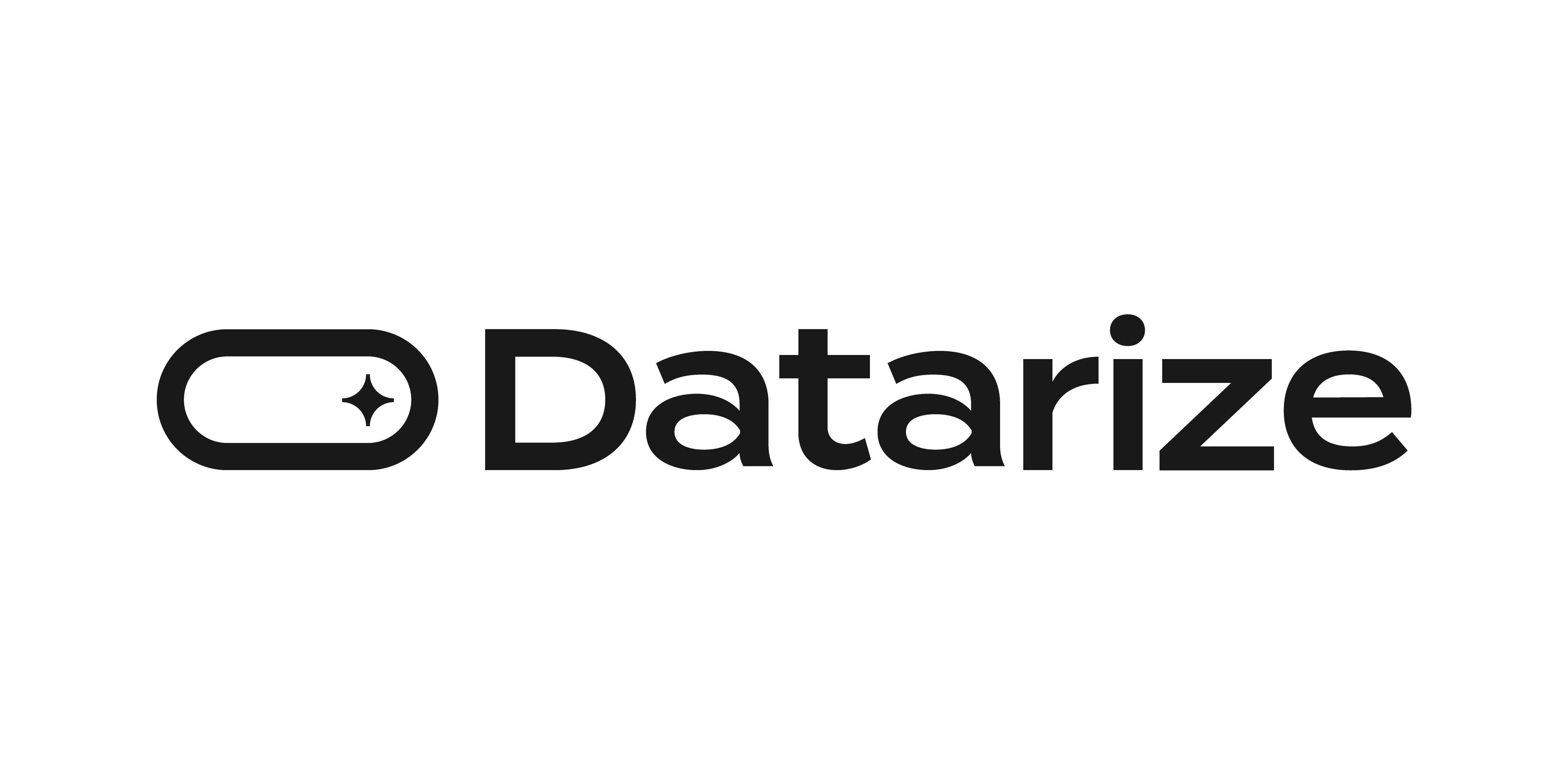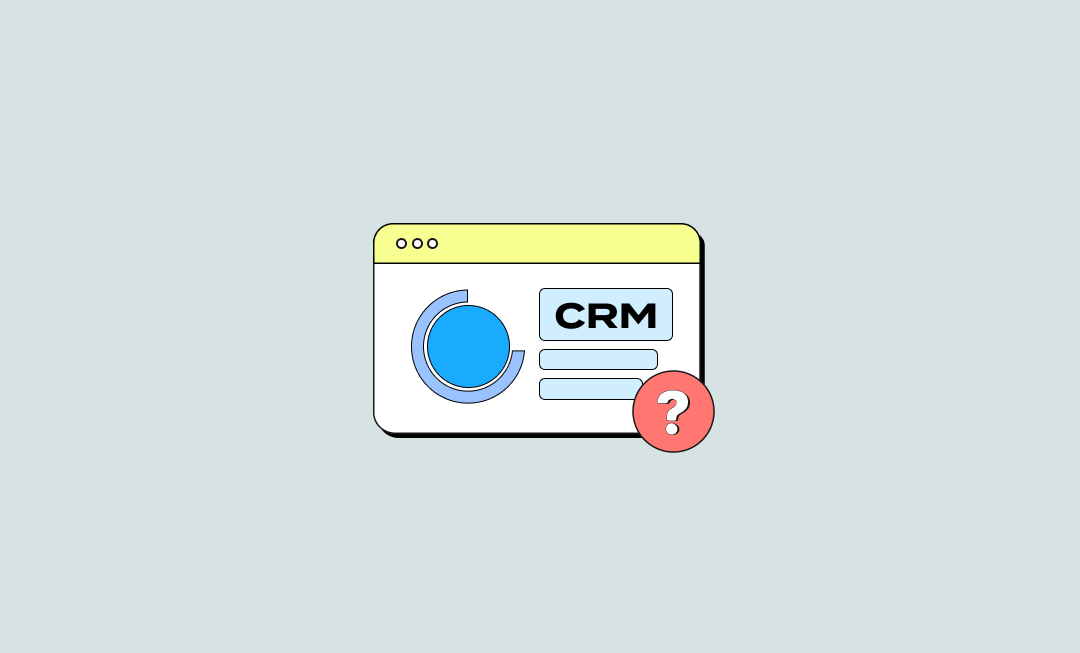On January 4th, 2024, Google announced that they would commence testing to limit Third-Party cookies among 1% of its users for the Chrome browser. They also declared their intention to remove all third-party cookies within the year. This announcement didn't come as a surprise, as discussions regarding Third-Party cookies began in 2019. However, many advertising agencies have not yet prepared a solution. Anthony Katsur, CEO of the ad-tech group IAB Tech Lab, stated in The Wall Street Journal, "The industry is nowhere near ready. Google should give people more time to test its replacement technologies before eliminating cookies." He further expressed, "Google’s planned timing for the full ban would be brutal for the industry."
What are Third-party Cookies?
So what are these third-party cookies that are becoming a global issue? First, cookies are small text files that are saved when a user accesses a website. A third-party cookie is generated by a website other than the one the user visited. This type of cookie can track the user’s online activities and share user data between websites to provide important information for ads or personalized content. Third-party cookies can be used to gather information from users even if they have never visited our sites. While they are useful for marketing purposes, there have been concerns about protecting personal information.
There are also First-party Cookies!
First-party Cookies, unlike Third-party Cookies, are created by the website’s owner. They can be considered as data from the website’s visitors and their behavior patterns so that the site’s owner can provide better service. First-party Cookies are data we collect and maintain on our sites, so they can be collected without having to relate to third-party cookies. By using these cookies, we can send Personalized Messages based on our customer’s behavioral data on our site and manage them intimately.
There are 5 major types of data we can obtain from First-party Cookies:
Acquisition Routes / Shopping Cart Add, View, Delete / Conversion, Repeat Purchase / Sign in, Sign out / visit status to specific pages, such as product detail
The best way to utilize this data is through CRM Marketing. CRM Marketing is the best approach because it increases customer loyalty among those who visited our site, churned out from the purchase process, and those who have made purchases before and leads them to make additional purchases. It’s a type of marketing that uses First-party data as the main component.
What are the advantages of First-party based CRM Marketing for Ecommerce?
CRM Marketing can be considered a necessary strategy for e-commerce. According to statistics, only 20 to 30 out of 1,000 e-commerce visitors are converted to purchases. Additionally, only 10 to 20 sign up, with only 5 to 14 making first purchases afterward, and 1 to 3 making repeat purchases within 30 days of their initial one. If acquiring new customers becomes challenging due to restrictions on collecting Third-party cookies, you may lose customers you managed to acquire, leading to difficulty in increasing sales. Looking ahead and enhancing CRM Marketing, which focuses on customer relations, retention, and repeat purchases, will result in increased loyal customers. This will also be the only solution to fill the gap in the performance of advertisements made by limited Third-party cookie collection.
Examples of CRM Marketing using First Party Data
[Examples of CRM Marketing using First Party Data]
* Visit Type Data - Alert first-time visitors of signup benefits and display an on-site banner providing coupons.
* Product Purchase Information Data - Display benefits for products with higher ARPU on the on-site banner.
* Product Detail View Data - Issue exclusive coupons to customers who stayed on the detail page for an extended period or have read through to the end of the page.
* Cart Data - Send cart abandonment emails.
* Purchase Status Data - Inform customers who purchased a week ago about related products.
First, segment the obtained data and send personalized messages. Sending a message like: ‘What type of product are you looking for?’ or ‘How about this?’ that seems as if talking to the customer directly is one of the basic actions in CRM Marketing.
You can also send messages based on the customer’s routes. A customer’s needs will change based on their status, so sending a message when it changes is even more effective.
There are other effective methods using First-party data in CRM Marketing. Cohort Analysis, or analyzing Visit · Purchase segments, can lower Churn rates and increase Purchase CVRs. First-party data can be analyzed by various methods and actions can be taken. Datarize currently provides features and content allowing you to analyze diverse data and take action. If you’re unfamiliar and having difficulty with CRM Marketing, start now with Datarize.
If you’re considering CRM Marketing using First-party data, this is a must-see!
* Ecommerce CRM Wiki - 2. 4 Strategies you can start right now
* Product Recommendation Magic: Quick Onsite marketing for Your Shopify Store



